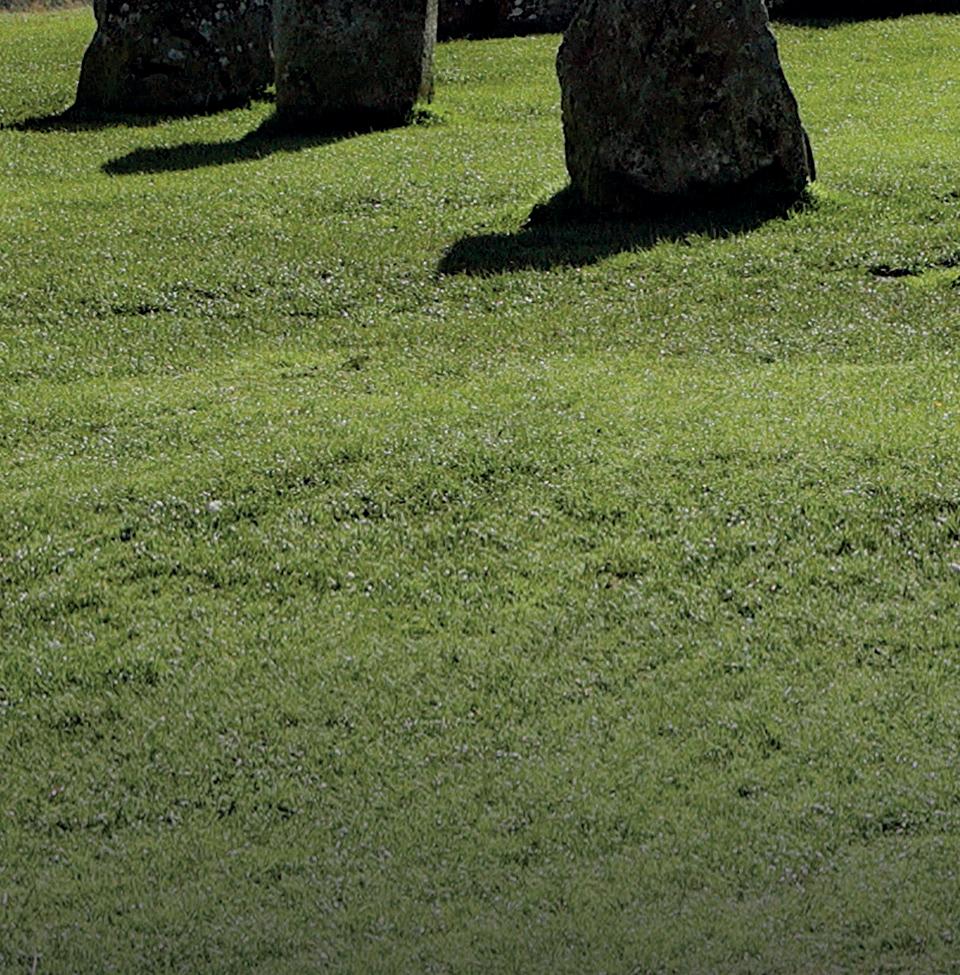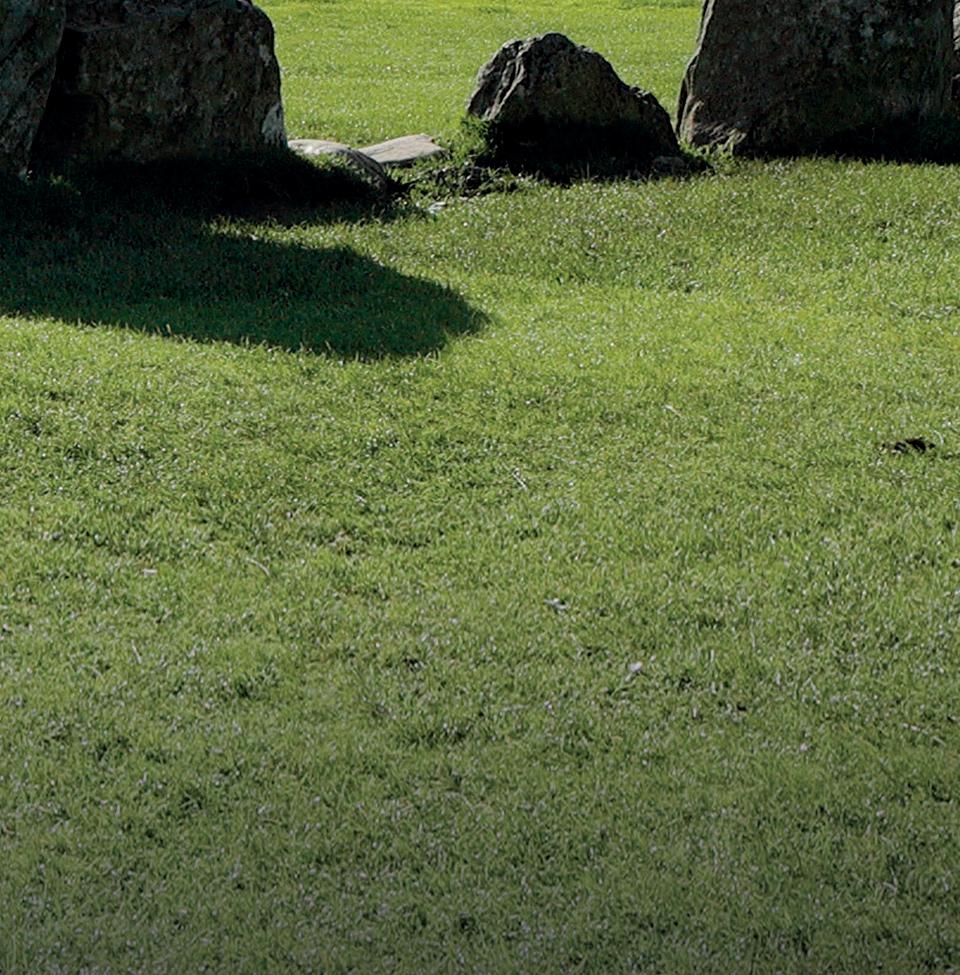
4 minute read
A DAY IN THE LIFE



A DAY IN THE LIFE

THE MYSTERIES OF THE STONE CIRCLE
Visitor survey and explainer volunteer Joanna Dancer updates us on a very busy year at Castlerigg Stone Circle.


Recent lockdowns and restrictions have led to unprecedented numbers of visitors travelling to enjoy the Lake District. Many found their way for the fi rst time to Castlerigg Stone Circle, just outside of Keswick in the North Lakes. This free-to-enter site is jointly managed by English Heritage and the National Trust, with a team of four English Heritage explainer volunteers on hand to help with information for the visitors.


The circle The stone circle is one of the oldest in the country, and thought to be about 4,500 years old – older than Stonehenge. It shares many features with the stone circles in Ireland and others in Cumbria, with minimal earthworks and a simple slightly elliptical outline of upright unfi nished natural stones taken from the local landscape, albeit brought here as eskers from nearby Borrowdale by the glaciers of the last ice age. While the circle itself is beautiful in its simplicity and virtual entirety of 39 or 40 stones – depending upon how you count them, there seemingly is never the same number twice – it is famed for its magnifi cent and dramatic mountain setting on a low rounded summit within a 360-degree panorama including Skiddaw, Blencathra and Helvellyn among others. A mysterious site As with many ancient monuments, there is some mystery surrounding its
origins and purpose. It is dated as late Neolithic or early Bronze Age, and was one of the very fi rst listed monuments in 1883. It was described by Keats as merely ‘a dismal cirque of Druid stones, upon a forlorn Many visitors moor’ and was the feel a spiritual subject of a few early engravings, but very connection little was recorded of it to the stones before its formal listing. Excavations at that time revealed little of its past except some undated charcoaltype material within the sanctuary section – a stone ‘inner sanctum’ on the eastern side of the circle. So why was it built and what was it used for? A meeting place certainly, but there is little to link it with any formal worship, except perhaps a Langdale







stone axe head, dated to about 500 years later than the circle itself. It was uncovered in the 1885 Victorian excavations and is now in Keswick Museum. Was it brought here for a purpose? Was it used in ceremonial worship? Was there trading of goods here? Was someone very careless and left it behind? We may never know. As for potential intentional celestial and geographical alignments, there is much discussion, but the jury is largely still out.


Telling the stories Alongside my fellow volunteers, Clare, John and Craig, we have been busy helping to tell the stories of the stone circle to visitors from far and wide, trying to answer the many questions that arise and learning from visitors who make great eff orts to visit stone circles across the country – and know far more about them than we do! We have been well supported by Sophie Hearn, our local territory volunteer manager, with online tutorials from English Heritage historians, and we share any new knowledge about the circle and other local prehistoric sites with each other.
Visitor surveys from 2021 showed it was the simplicity and beauty of the site which is greatly valued, with many repeat visitors feeling a spiritual connection to the site and many with happy memories of past family trips.
Towards the end of the year, we hosted some local primary school groups who came to the site after visiting Keswick Museum, and Clare and I kept them busy counting the stones and looking for clues about the past. It is a magical place for all ages, whether you visit for the ancient stones or the views – the combination off ers a unique and memorable experience, free to all and all year round. We are looking forward to another busy year ahead. ■


FIND OUT MORE Discover more about Castlerigg and its history at www.english-heritage.org.uk/visit/places/castlerigg-stone-circle










